2023 marks 100 years of MG. Known for some of the most popular British sports cars over the years, celebrating a century of automotive engineering is something that many owners and enthusiasts around the world will join in with.
Since 1923, there have been multiple successes, challenges, innovations, and a whole load of cars! To recognise MG’s impact on British car history, it seems fitting to share some history of the MG brand.
It All Began With A Successful Partnership
In the early 1900s, William Morris began manufacturing bicycles in Birmingham. However, come 1911, he was selling and repairing a range of motor cars from his premises which he had now renamed Morris Garages.
1922 was the year when William Morris could quite possibly have made the best decision of his life when he gave his head salesman, Cecil Kimber, a promotion to the position of General Manager. Cecil was a special individual who could not only manage the showroom and garage successfully, but he also had a talent for designing car bodywork.
When Cecil Kimber came up with a bull-nosed Morris Cowley in 1923, the MG name was used for the very first time. This marked the beginning of a soon-to-be 100-year-old car manufacturer.
1924 saw a range of cars carry the MG badge. Known as ‘Kimber Specials’ it wasn’t long before larger premises were needed to keep up with the growing order book. 4 years later, in 1928, production was moved to an old leather works – the famous Abingdon factory.
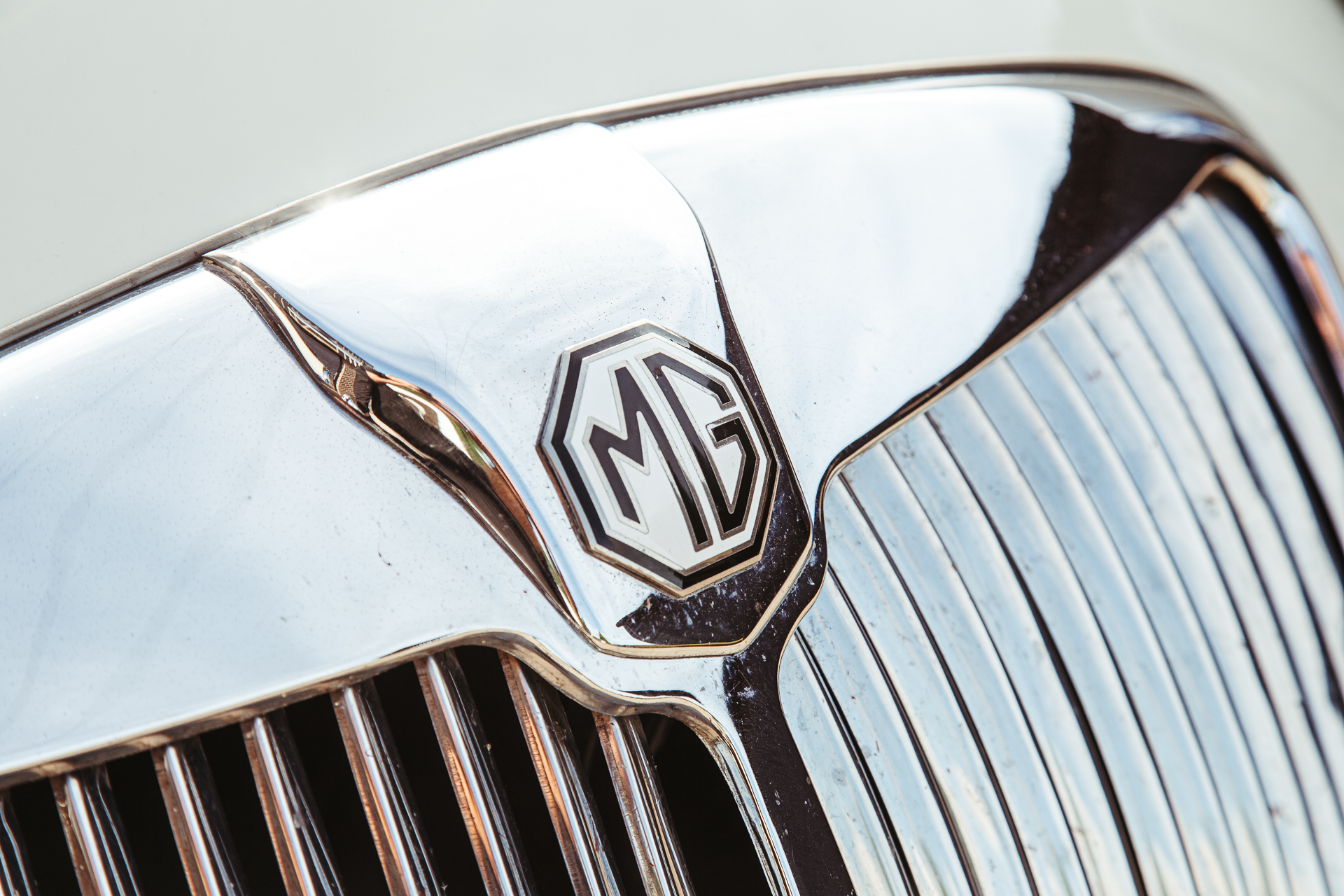
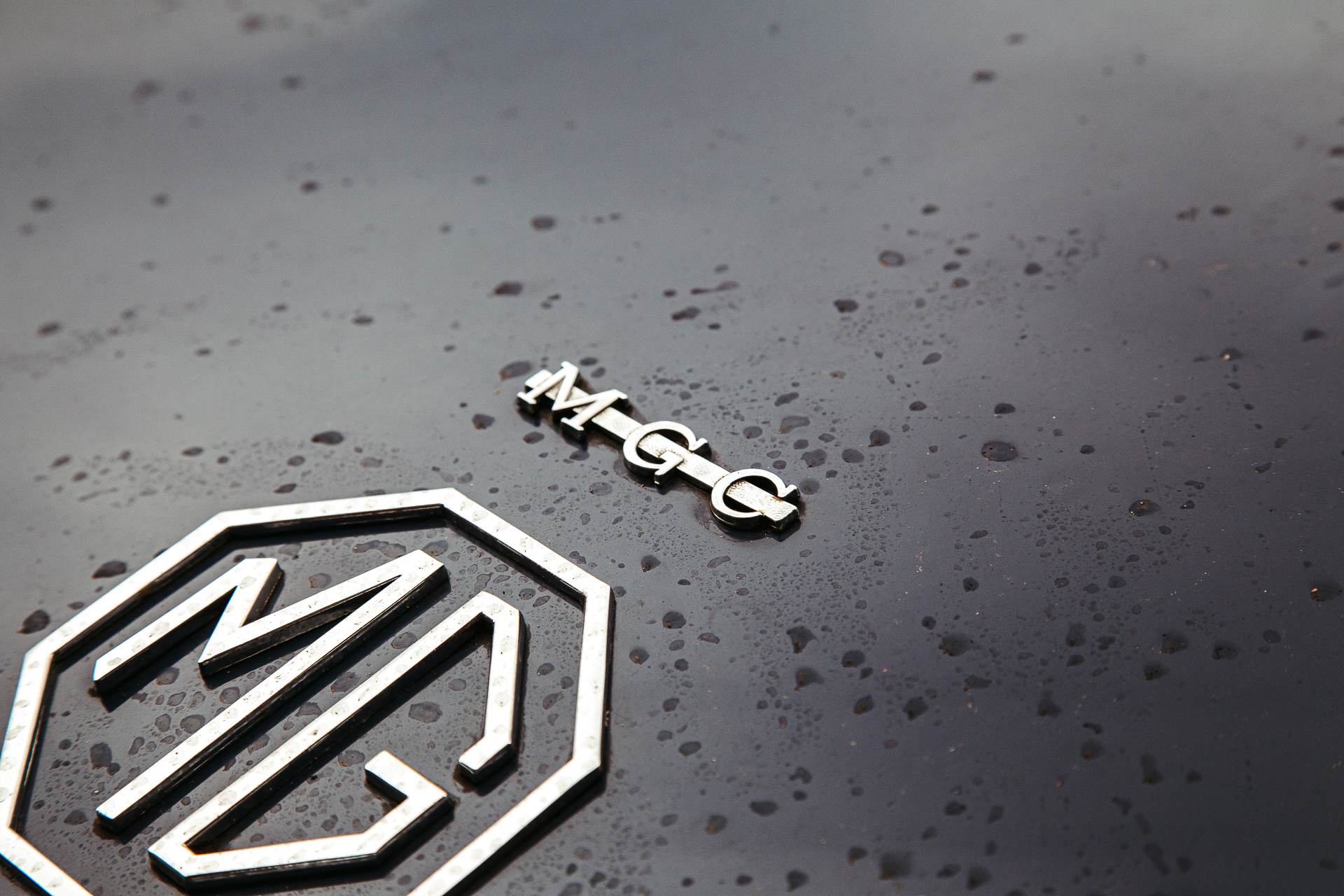
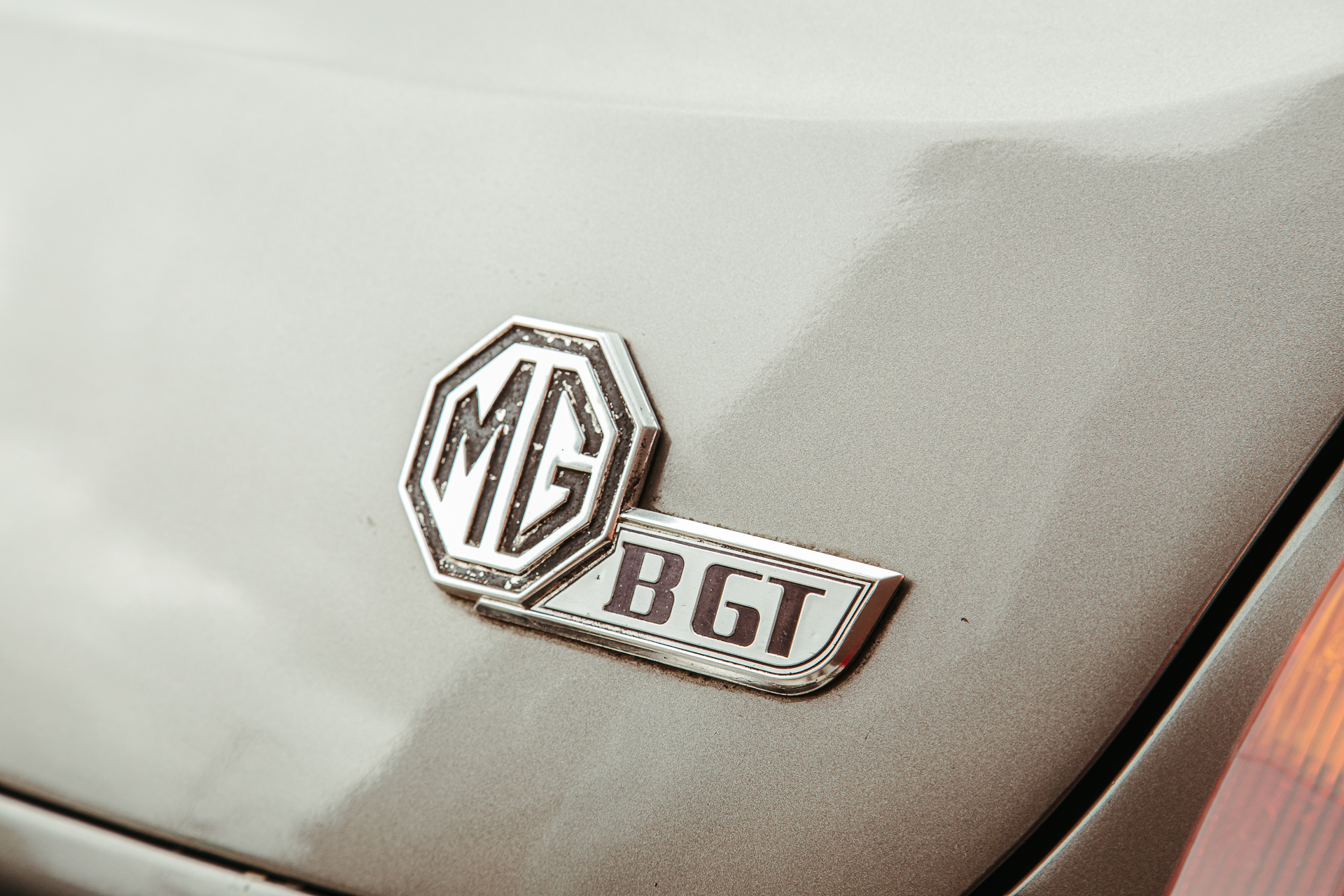
Sold To Morris Motors
In 1935, William Morris sold MG to Morris Motors. Prior to the sale though, MG had already produced a whole host of successful models including several Midgets, K-Type Magnette plus the L and M-Type Magnas.
Once under the control of Morris Motors, one of the first models to come out of the factory was the 1936 TA Midget. Before the first world war, the last few MGs to be built were the SA 2-litre, TA/B Midget, 1.5-litre VA, and the 2.6-litre WA.
During the war, Cecil Kimber left MG and sadly died in a train crash in 1945.
After the war had ended, MG went back to producing cars such as the two-seat TC, the 1947 YA saloon, and the 1949 TD Midget. Morris Motors would go on to merge with the Austin Motor Company in 1952 and formed the British Motor Corporation (BMC).
British Motor Corporation
1956 saw the production of what would be a top-seller for MG, the MGA. The MGA was available in two forms, a coupe and a convertible. In 1959, a 1600 OHV-powered MGA arrived and the MGB came in 1962.
It was in 1966, when BMC changed its name to British Motor Holdings after its merger with Jaguar, that led to a further merger with British Leyland, that would end up with MG becoming a successful part of motoring history.
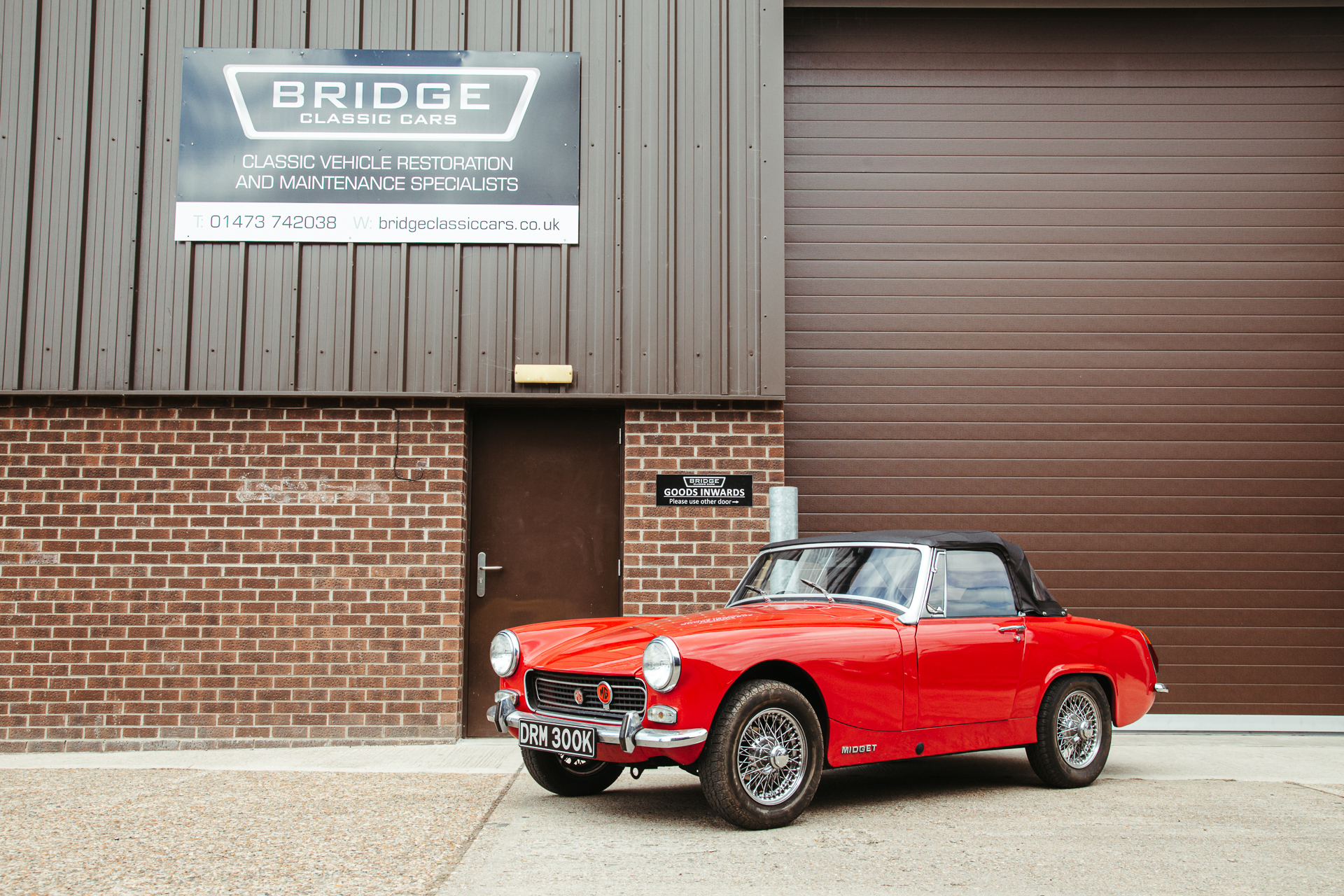
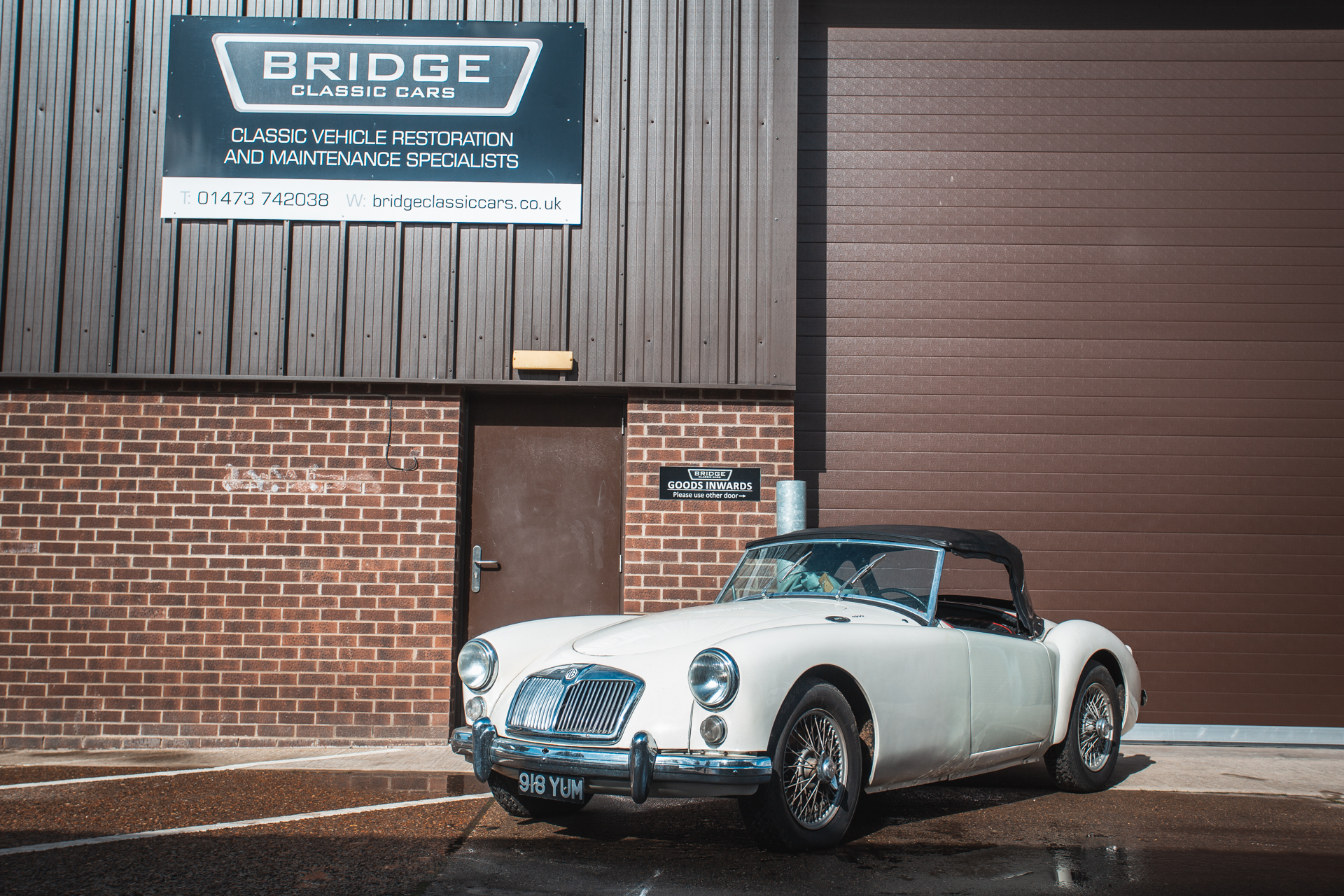
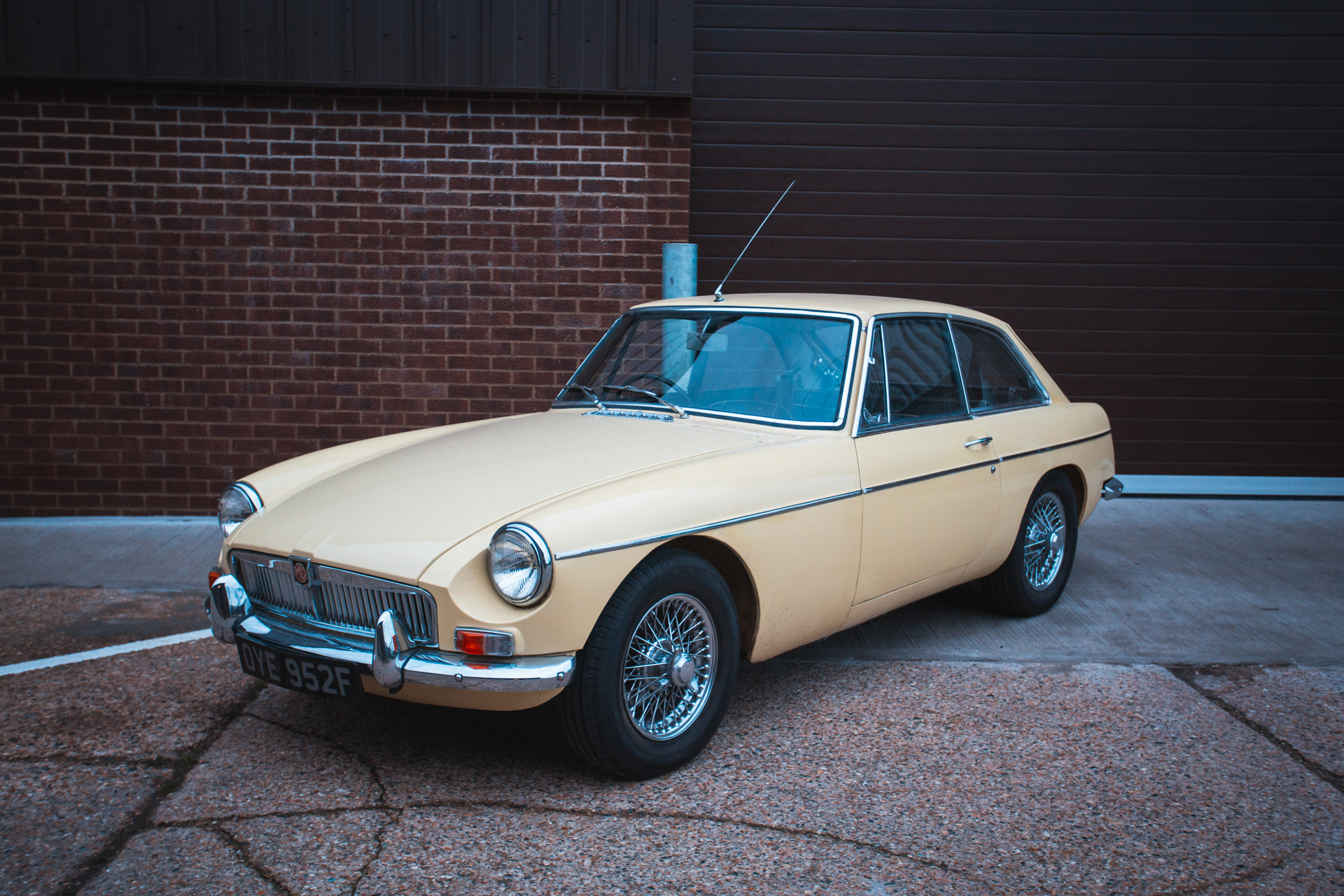
The Rise And Fall
The MGB was quietly dropped in 1969. British Leyland certainly seemed to have a bias towards their Triumph models instead of MG ones. This was quite apparent during the 1970s when only the MGB V8 was produced under the MG brand. Once Midget production stopped in 1979, there was only one MG model left – the MGB with the now rubber bumpers. However, in 1980, British Leyland halted the production of MGBs and would go on to close the Abingdon factory.
MG went through various ups and downs over the next few years with a few notable models such as the MG badged Maestro – noted at the time as the world’s fastest hatchback, and the Montego. The 1.8-litre K-Series powered MGF in 1995 was also a big success.
Year 100
2023 is, so far, proving to be a great year for MG. With the brand recently announcing that they have achieved a record first quarter, their 100th year seems to have started positively.
Already this year, MG has sold 20,679 cars with more than 12,000 being delivered in March alone. The brand is now positioned as the second-best-selling manufacturer of electric cars in the UK. More success has come from the MG4 EV being crowned ‘UK Car of the Year 2023’. The judging panel described the MG4 E4 as “a landmark moment for EVs”.
Surviving 100 years in the automotive industry is no easy task but that is exactly what MG has done. Despite all the challenges the brand has had to overcome, we are still in the fortunate position where we get to see a wide range of MGs on the road; and this is something that we hope will continue for another 100 years!
